Riot Games and the team behind its upcoming fighting game debut Project L are continuing to say and show all of the right things to keep fans excited for a title we still have no release window for. But at least the final look we will get at the game for 2022 dives deep into the area FGC-heads will care about the most—pure, well-explained, gameplay design and mechanics.
This isn’t the first time we have seen Project L in action, but it is among the longest looks we have received in terms of updates on both Illaoi as a playable fighter and additional details on how the team is fleshing out the game’s core mechanics.
Game director Shaun “Unconkable” Rivera walked fans through some of the team’s core gameplay principles—several of which have been in place since the game’s initial reveal. This includes a focus on ensuring players can pick up the game and have fun right away landing meaningful and sick-looking abilities, while also rewarding anyone who works to master its systems.
“Gameplay that has quick, fluid movement at its core is extremely important to us,” Unconkable said. “We believe there are a ton of opportunities for player expression through how you move.”
That philosophy holds true in pretty much everything that was shown. Unconkable demonstrates that players can dash, chain dash, long jump, and super jump in addition to the usual running and jumping. This is specifically tailored to making sure players are rewarded for going on the offensive and that buttons are worth pressing, while also providing the tools to properly defend against those actions.
And as if it wasn’t clear enough, we now have confirmation that Project L did swap from a one-on-one fighter to a two-on-two tag-based system to add more depth to its gameplay and give players more ways to express themselves.
The two-champion system that is being implemented for Project L centers around three core mechanics for tagging, or at least the three Riot was willing to show off for now: Assist Actions, Handshake Tag, and Dynamic Save. Each of these should be familiar to players who have been around the FGC and they might have new names in the future.
- Assist Actions: Two unique actions that champions can perform from off-screen to assist the active champion.
- Will vary between champions and have input to change some actions too.
- Handshake Tag: The basic swapping mechanic with a twice, allowing one champion to call in the other and swap out as long as they are both on-screen.
- Can be paired with Assist Actions to set up high-pressure situations and mix up opponents with delayed swapping.
- Dynamic Save: The combo breaker for Project L which allows the active champion to call the assist champion in to attempt and disrupt an action once per round.
- Without a deeper explanation, this looks most similar to Guilty Gear Strive’s Burst in function but has some clear visual and mechanical differences.
Executive producer Tom Cannon also took time to thank the various tournament organizers who met with the Project L team at Evo 2022 to discuss their thoughts and hopes for the game’s community and competitive scene, along with pushing anyone interested in fighting games to seek out their local scenes.
“We’re making this game with [tournament organizers] in mind,” Cannon said. “And we want to empower you to keep pushing our community forward.”
We won’t be seeing much more of Project L until the next developer showcase sometime in 2023, but with each short presentation, we continue to learn more about how the team is working on each aspect of the game and ensuring it will live up to the hype that has been building ahead of its eventual release.


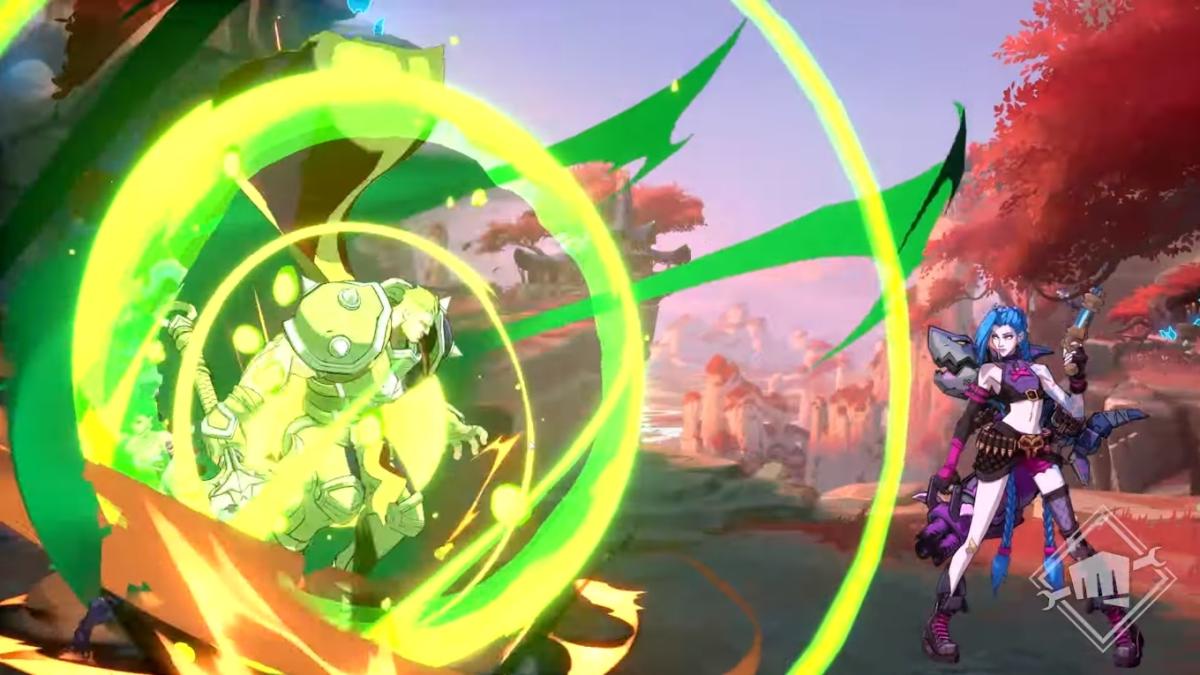
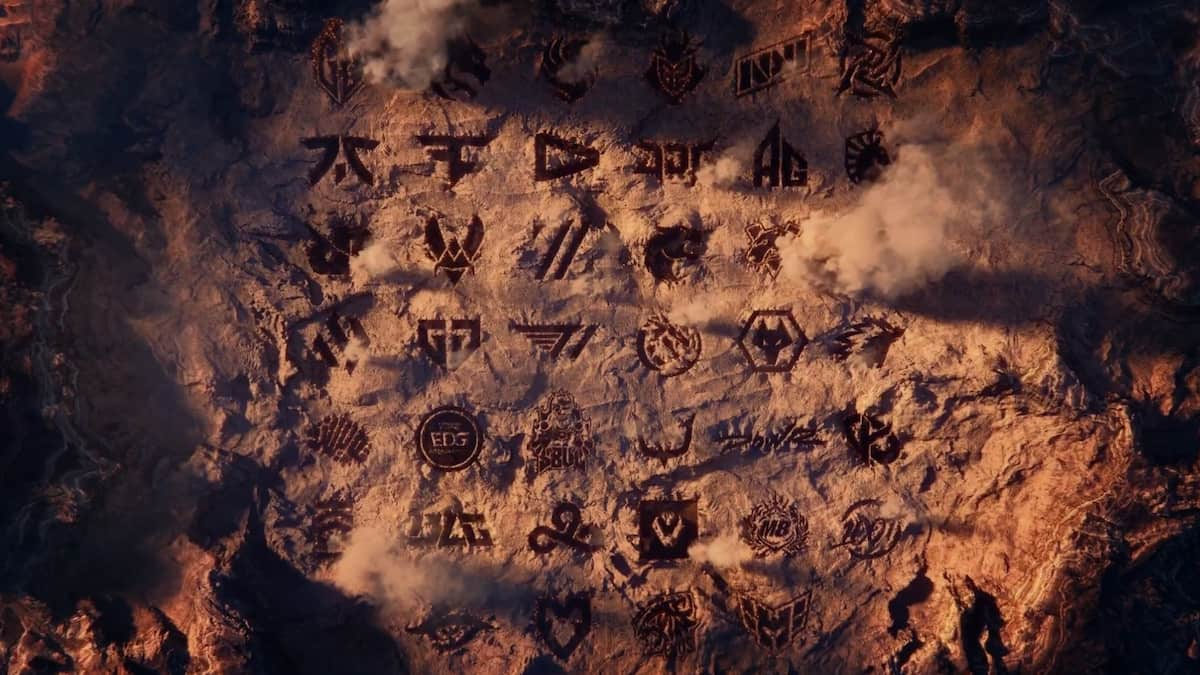

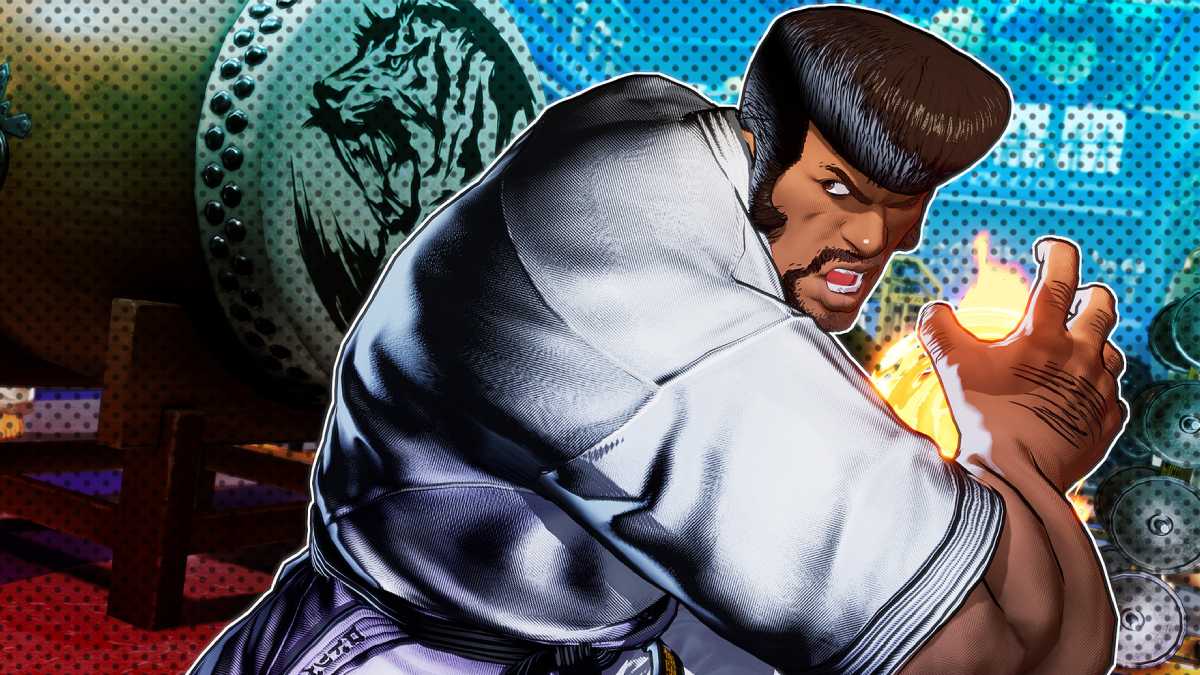
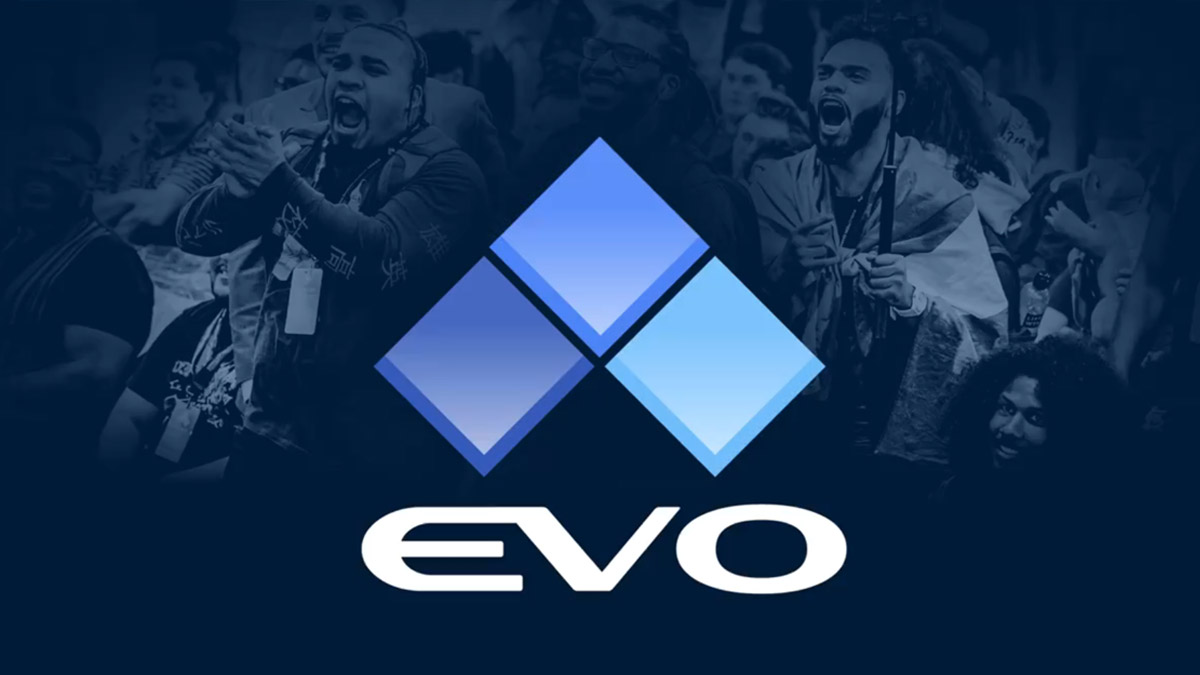
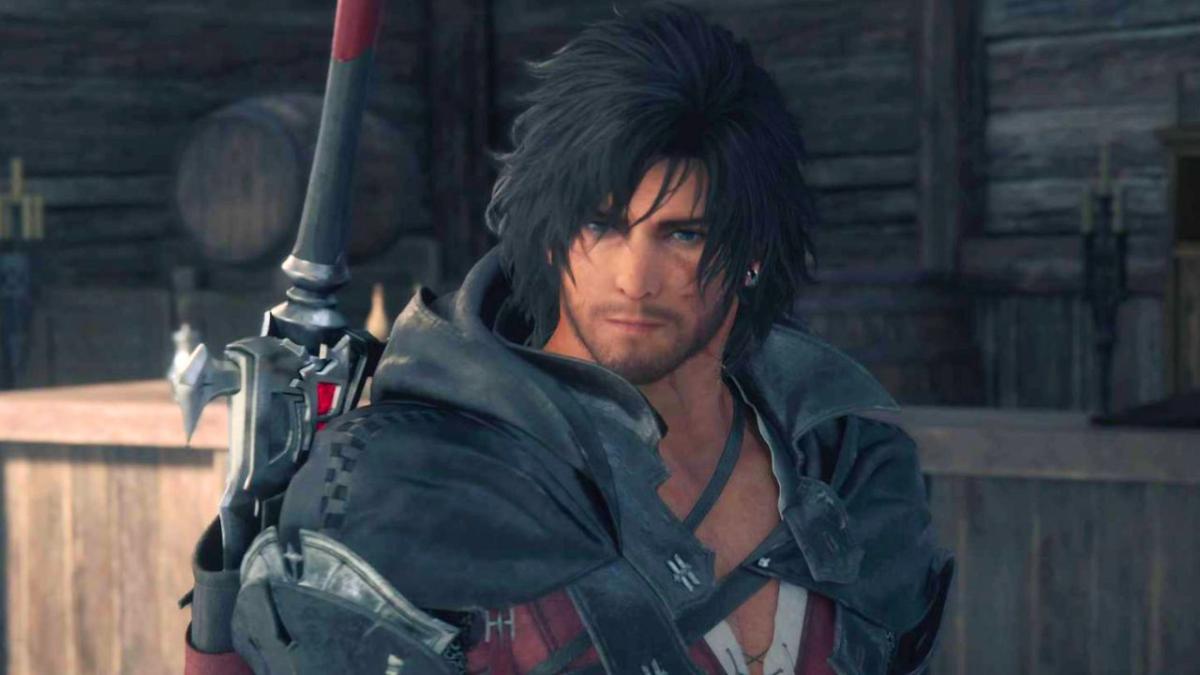
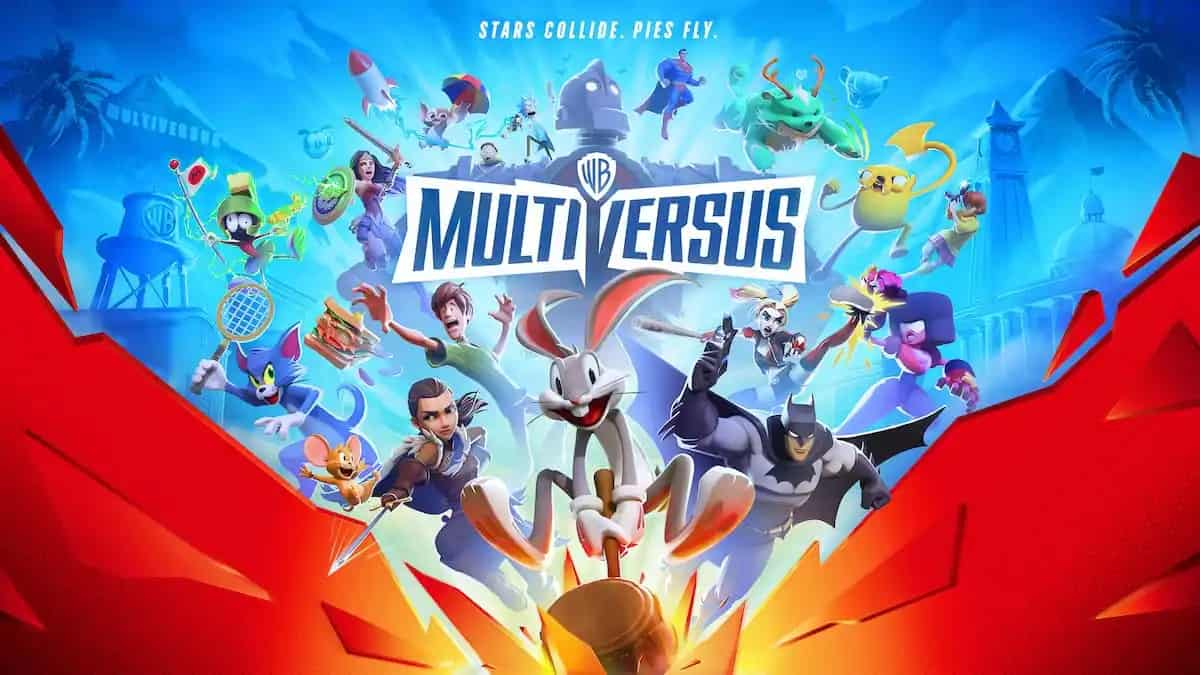
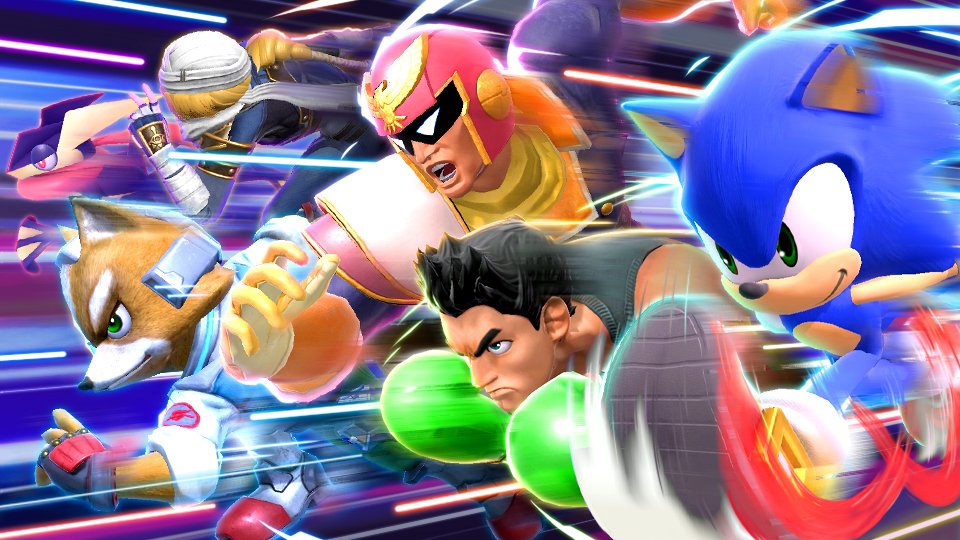


Published: Dec 5, 2022 12:22 pm